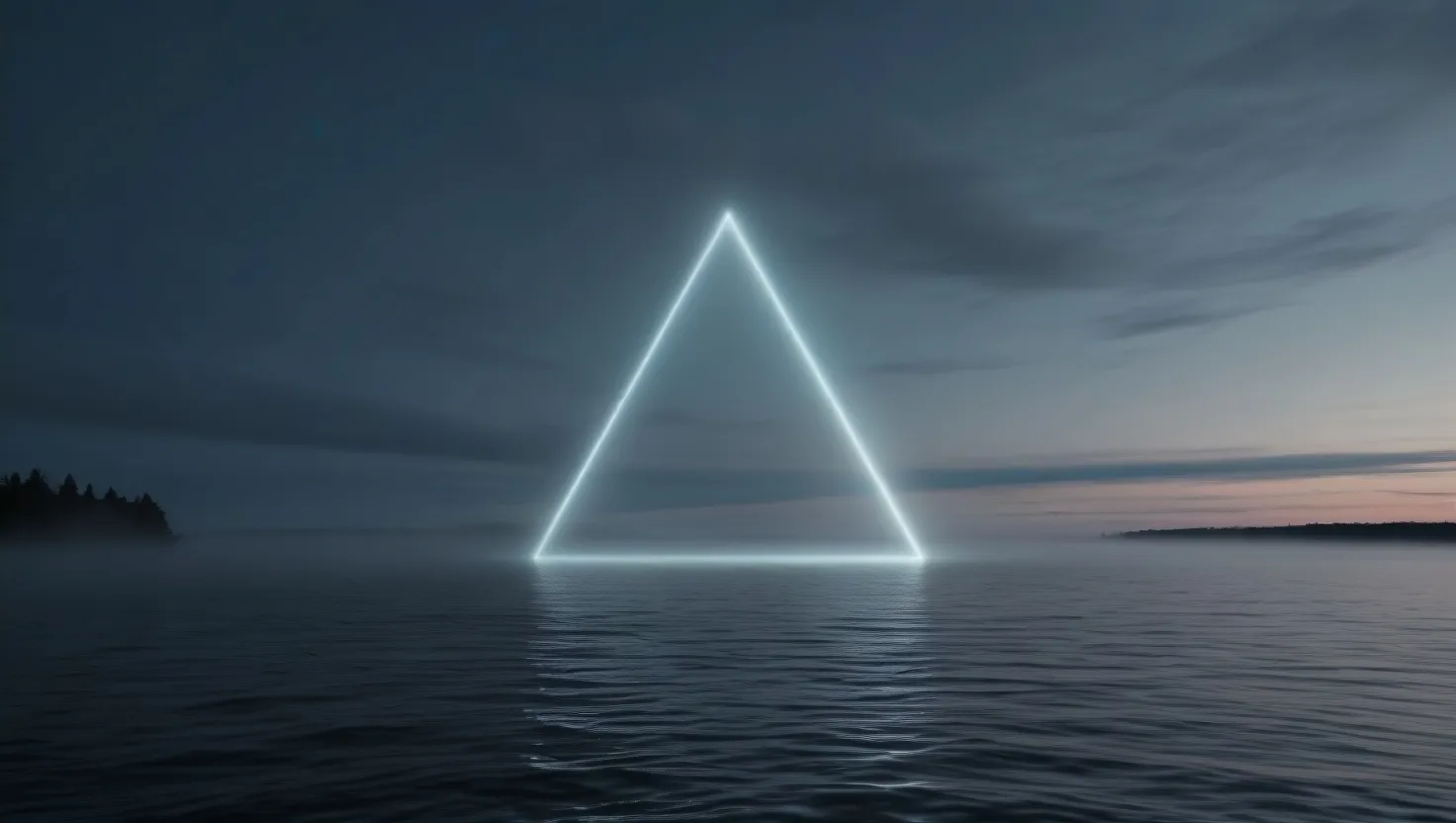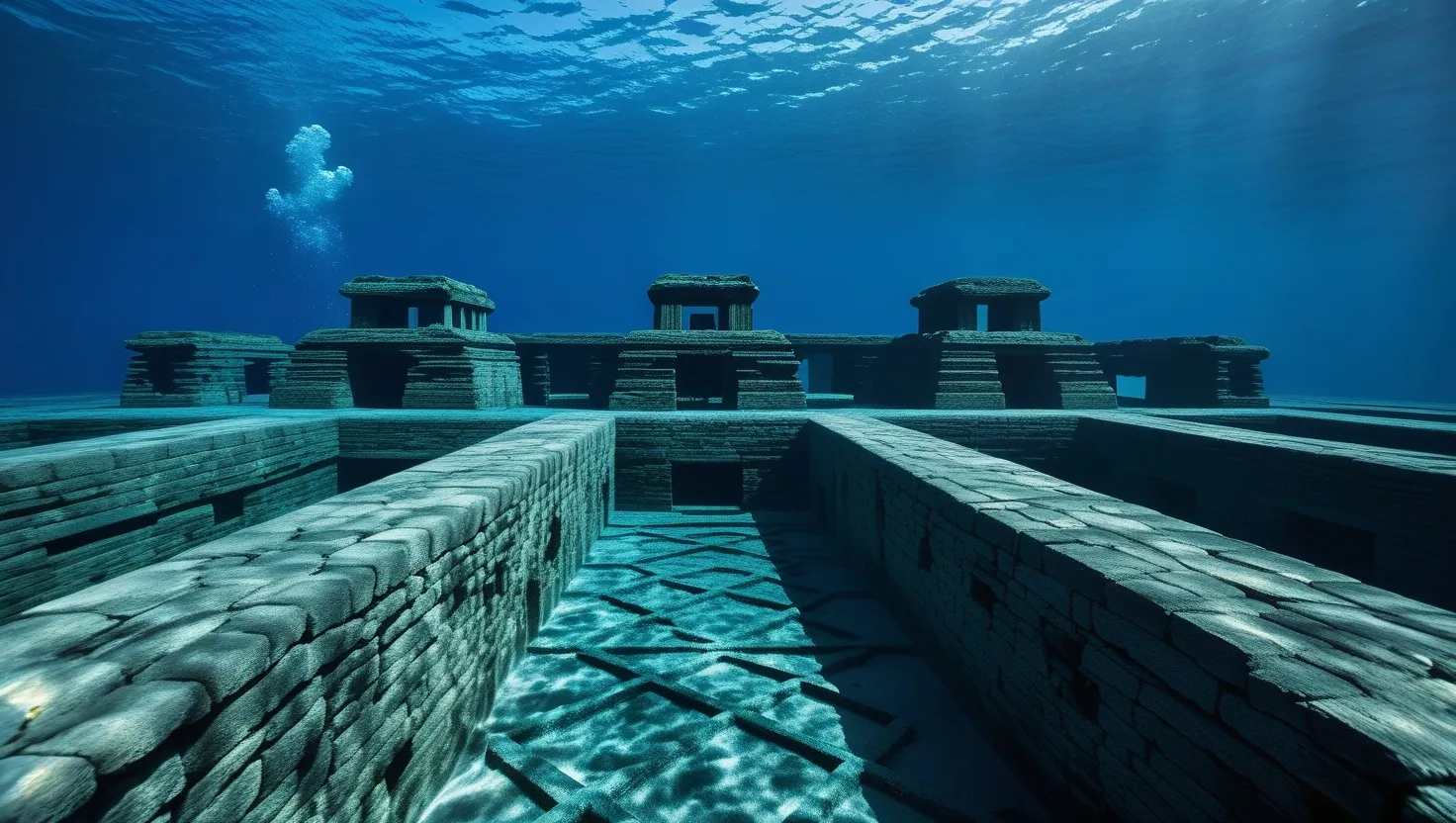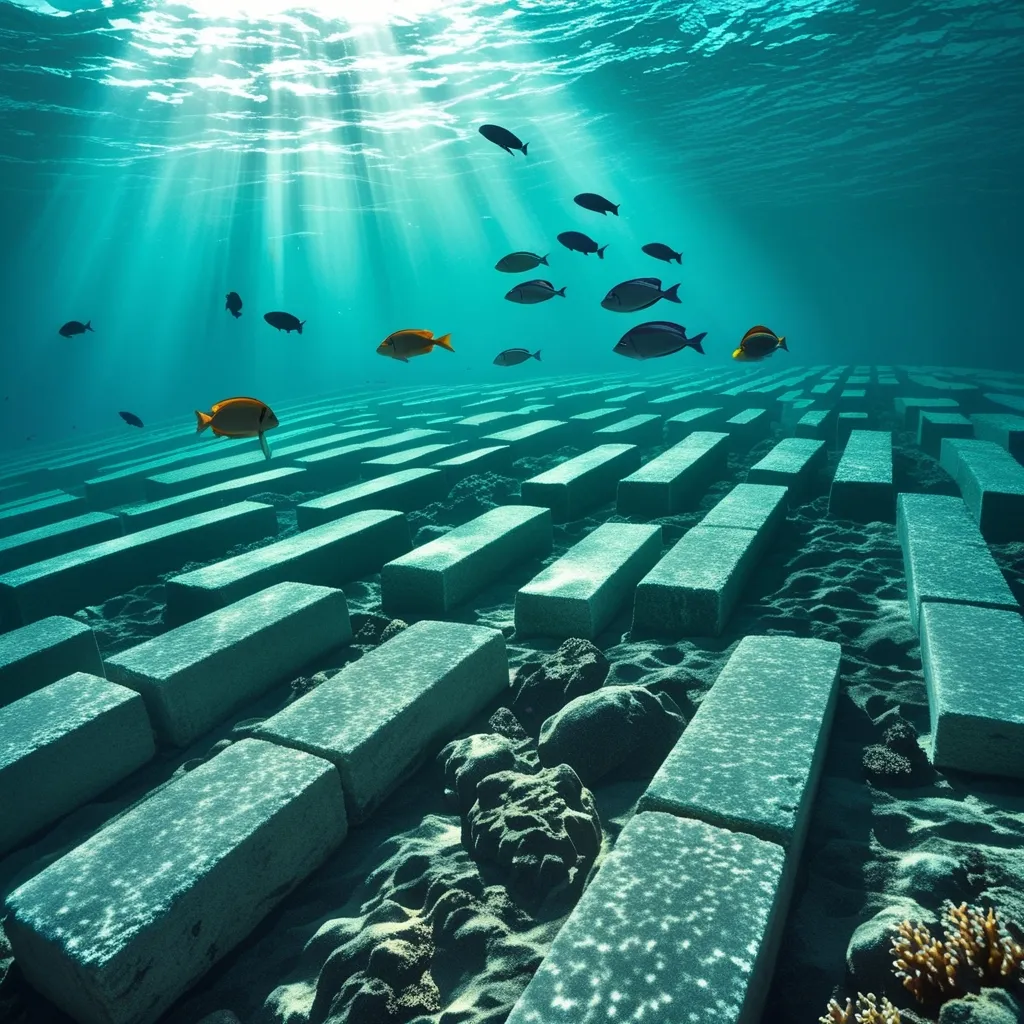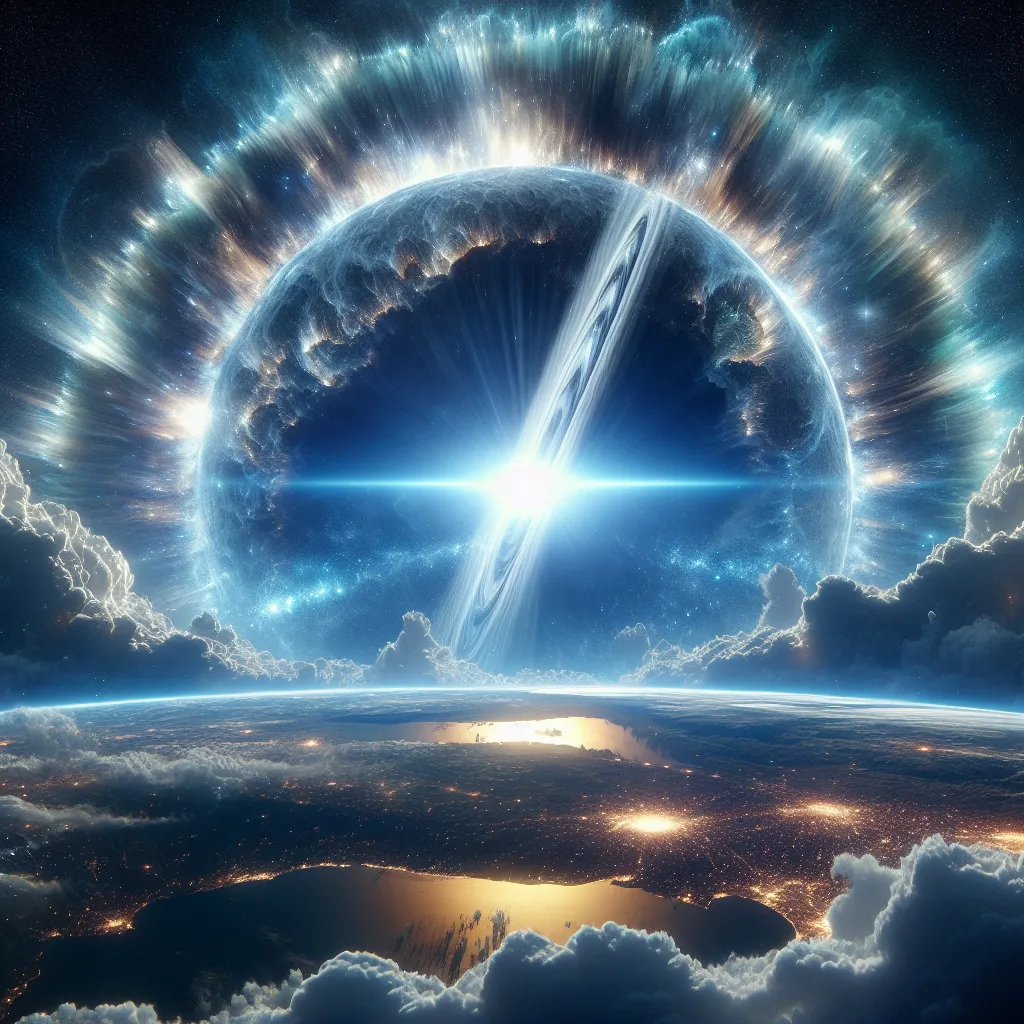The Lake Michigan Triangle has long captivated the imagination of locals and visitors alike. This mysterious region, stretching from Manitowoc, Wisconsin to Ludington, Michigan, and down to Benton Harbor, Michigan, has been the site of numerous unexplained disappearances and strange occurrences over the years.
As I delve into the history of this freshwater Bermuda Triangle, I’m struck by the sheer number of incidents that defy logical explanation. The triangle’s reputation began to take shape in the late 19th century, with reports of ships vanishing without a trace. But it wasn’t until the mid-20th century that the area truly cemented its place in the annals of unexplained phenomena.
One of the most perplexing cases occurred in 1950 when Northwest Airlines Flight 2501 disappeared over Lake Michigan. The DC-4 aircraft, carrying 58 passengers and crew, was en route from New York to Seattle when it vanished from radar screens. Despite extensive search efforts, only small pieces of wreckage and human remains were ever found. The main body of the aircraft remains lost to this day, hidden somewhere in the depths of Lake Michigan.
What makes this case particularly baffling is the fact that the weather conditions were reported as calm, and the flight crew was experienced. How could a large aircraft simply vanish without leaving substantial debris? This question has haunted investigators and family members of the victims for decades.
But Flight 2501 is far from the only mysterious incident in the Lake Michigan Triangle. In 1937, another peculiar event occurred that still defies explanation. Captain George R. Donner of the O.M. McFarland disappeared from his locked cabin while the ship was on autopilot. When crew members went to check on him, they found the cabin door locked from the inside, but Donner was nowhere to be found. It was as if he had simply evaporated into thin air.
“The most merciful thing in the world, I think, is the inability of the human mind to correlate all its contents,” wrote H.P. Lovecraft. This quote seems particularly apt when considering the Lake Michigan Triangle. Our minds struggle to make sense of these inexplicable events, grasping for rational explanations where none seem to exist.
As I dig deeper into the scientific research surrounding the triangle, I find myself wondering: Could there be a natural explanation for these strange occurrences? Some geologists have identified unique mineral deposits and underwater formations in the area that might affect navigational equipment. Could these geological quirks be responsible for the disappearances?
Deep thermal vents have been discovered in Lake Michigan, creating sudden temperature changes that could potentially cause extreme weather patterns. Is it possible that these rapid shifts in temperature and pressure could create conditions hazardous enough to down aircraft or sink ships?
Multiple research vessels have documented electromagnetic disturbances and unexplained sonar readings in the area. The lake’s unique bathymetry and strong currents create conditions unlike any other Great Lake. Could these factors combine to create a perfect storm of danger for vessels and aircraft passing through?
Yet, for all the scientific hypotheses, none seem to fully account for the sheer number of incidents or their often bizarre nature. The disappearance of an entire crew from a ship, leaving behind half-eaten meals and personal belongings, cannot be easily explained by unusual currents or magnetic anomalies.
“There are more things in heaven and earth, Horatio, than are dreamt of in your philosophy,” Shakespeare wrote in Hamlet. Perhaps this sentiment applies to the Lake Michigan Triangle as well. Are we simply unable to comprehend the forces at work in this region with our current scientific understanding?
As I ponder these questions, I’m reminded of the words of Carl Sagan: “Somewhere, something incredible is waiting to be known.” Could the Lake Michigan Triangle be hiding incredible secrets about our world and the nature of reality itself?
The phenomenon continues to challenge conventional scientific understanding while drawing parallels to other mysterious zones worldwide. Current investigations focus on mapping underwater geological features and analyzing historical weather patterns to explain these incidents. But will these efforts ever fully unravel the mystery of the Lake Michigan Triangle?
One aspect of the triangle that fascinates me is its freshwater nature. Unlike the Bermuda Triangle, which spans a vast area of saltwater ocean, the Lake Michigan Triangle is contained within a freshwater lake. Does this unique environment contribute to the strange occurrences? Are there properties of freshwater that we don’t fully understand, which could interact with electromagnetic fields or geological formations in unexpected ways?
I find myself wondering about the indigenous peoples who lived around Lake Michigan for thousands of years before European settlement. Did they have legends or stories about strange occurrences on the lake? Could their traditional knowledge provide clues to understanding the triangle’s mysteries?
As I continue my research, I’m struck by the human stories behind each disappearance. Families left without closure, communities shaken by unexplained losses. The Lake Michigan Triangle is not just a scientific curiosity; it’s a source of real pain and loss for many people.
“The sea is everything. It covers seven tenths of the terrestrial globe. Its breath is pure and healthy. It is an immense desert, where man is never lonely, for he feels life stirring on all sides,” wrote Jules Verne. While Verne was referring to the ocean, his words could easily apply to Lake Michigan. The lake is vast and full of life, but it also holds secrets and dangers we’re only beginning to understand.
One theory that has gained traction in recent years is the idea of underwater sinkholes. Researchers have discovered several large sinkholes on the bottom of Lake Huron, another of the Great Lakes. Could similar formations exist in Lake Michigan, creating sudden currents or releasing gases that could endanger ships and planes?
The more I learn about the Lake Michigan Triangle, the more questions I have. Why does this particular area seem to attract so many strange occurrences? Is there something unique about the intersection of these three points - Manitowoc, Ludington, and Benton Harbor - that creates the conditions for these mysteries?
I’m reminded of a quote from Arthur C. Clarke: “Any sufficiently advanced technology is indistinguishable from magic.” Could there be advanced natural phenomena at work in the Lake Michigan Triangle that we simply don’t have the scientific framework to understand yet?
As I wrap up my exploration of this fascinating topic, I’m left with a sense of awe at the mysteries that still exist in our world. The Lake Michigan Triangle serves as a reminder that even in our age of advanced technology and scientific understanding, there are still phenomena that defy explanation.
What do you think? Is there a rational explanation for the strange occurrences in the Lake Michigan Triangle, or is something more mysterious at work? Have you ever experienced anything unexplainable on or near Lake Michigan?
Perhaps the true value of the Lake Michigan Triangle lies not in solving its mysteries, but in the questions it prompts us to ask about our world and our place in it. As we continue to explore and investigate this enigmatic region, we may find that the journey of discovery is just as important as any answers we might uncover.
In the end, the Lake Michigan Triangle remains a compelling mystery, a reminder of the vast unknown that still exists in our world. Whether it’s a product of unique natural phenomena, human error, or something beyond our current understanding, it continues to capture our imagination and challenge our perceptions of reality.
As we sail or fly over Lake Michigan, we might do well to remember the words of John F. Kennedy: “We are tied to the ocean. And when we go back to the sea, whether it is to sail or to watch, we are going back from whence we came.” Perhaps in exploring the mysteries of the Lake Michigan Triangle, we’re also exploring something fundamental about ourselves and our relationship with the natural world.






